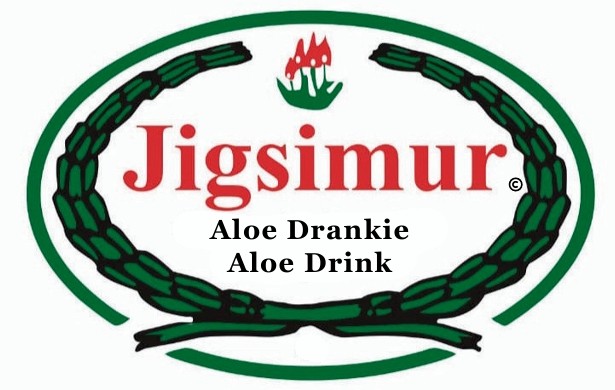Aloe Ferox
Aloe ferox, commonly known as bitter aloe or Cape aloe, is a significant plant native to South Africa, renowned for its extensive medicinal and commercial applications. This essay delves into the botanical characteristics, traditional and modern uses, and the economic importance of Aloe ferox.

